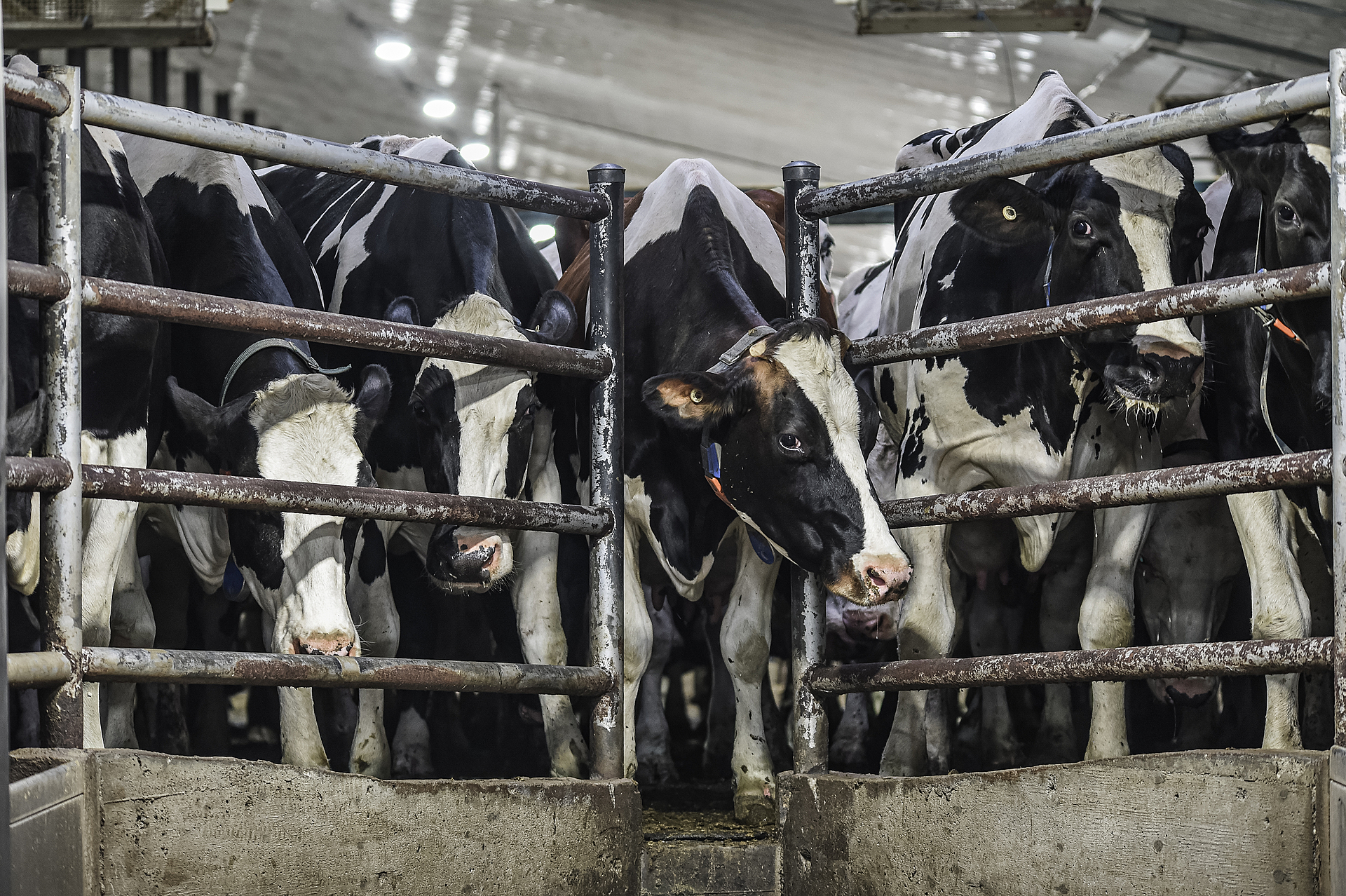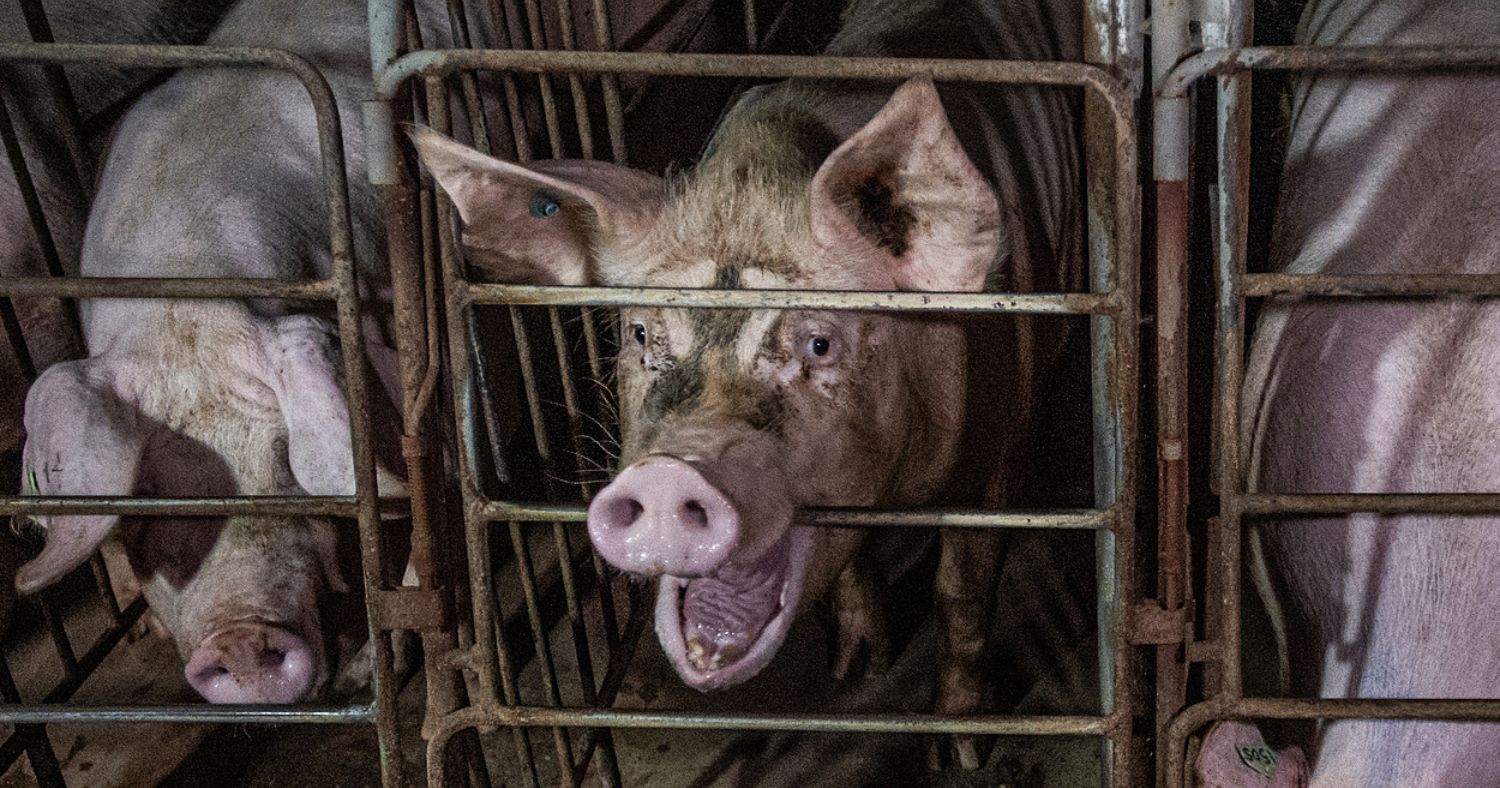One of Canada’s most important environmental laws, the Canadian Environmental Protection Act, 1999 (“CEPA”) is more than 20 years old and past due for a revamp. Nearly four years after the House of Commons Standing Committee on Environment and Sustainable Development released its report calling for comprehensive changes to the Act, the Government of Canada has introduced amendments to better protect the environment and health of Canadians from exposure to harmful chemicals that are ubiquitous in today’s society.
The Government’s Bill C-28, Strengthening Environmental Protection for a Healthier Canada Act could have significant implications for the health and wellbeing of wild animals as well as those kept in research labs across the country. That’s because tragically, scientific research to assess the environmental and health risks posed by chemicals often involves testing on animals. In fact, toxicity testing is the most harmful and painful use of animals in scientific research. Many toxicity tests fall into “Category E”—the most severe category of harm that animals can experience, according to the Canadian Council on Animal Care. In 2019, approximately 90,000 animals experienced Category E toxicity tests that cause death, severe pain, and extreme distress and may include procedures such as inflicting burns or trauma on unanesthetized animals, and forced ingestion or topical application of deadly substances.
Thankfully, the proposed amendments in the preamble to CEPA recognize the need to encourage the use and development of non-animal alternatives in order to reduce and replace the use of animals in painful toxicity testing. Animal Justice, the Society for Humane Science and Humane Canada™ worked collaboratively to make recommendations to the Minister of Environment and Climate Change Canada, and applaud this exciting move. But much more needs to be done to promote the use of alternatives to animal testing and put Canada on track toward eliminating toxicity testing on animals.
Promoting Non-Animal Testing Methods
Animal testing is often a poor predictor of human outcomes. Non-animal testing methods are becoming increasingly available, and are often more reliable, as well as more time- and cost-effective. That’s why a global shift away from animal testing is underway.
When the European Union and United States strengthened their toxics laws, regulators also took action to require non-animal methods to be developed, validated, and adopted, and they introduced requirements aimed at eliminating unnecessary toxicity testing on animals. In fact, the U.S. Environmental Protection Agency has committed to reducing its requests for, and funding of, mammal studies by 30% by 2025, and to ending the use of toxicity testing on mammals entirely by 2035. In doing so, Administrator Andrew R. Wheeler acknowledged that:
Scientific advancements exist today that allow us to better predict potential hazards for risk assessment purposes without the use of traditional methods that rely on animal testing. These new approach methods (NAMs)…[allow] us to decrease animals used while potentially evaluating more chemicals across a broader range of potential biological effects, but in a shorter timeframe with fewer resources while often achieving equal or greater biological predictivity than current animal models.
Canada should follow the lead of jurisdictions such as the U.S. and European Union by creating binding requirements aimed at eliminating unnecessary toxicity testing on animals. In addition to amending the Act’s preamble as currently proposed, this would mean requiring that companies producing or importing the same or similar substances work together to avoid unnecessary repetition of animal studies, as well as preventing companies from conducting tests on animals where alternatives exist, and committing to eliminating toxicity testing on animals entirely as soon as possible.
To aid in this important transition, the federal government should also commit to funding for the Canadian Centre for Alternatives to Animal Methods (CCAAM) at the University of Windsor. CCAAM is the first centre of its kind in Canada, dedicated to developing and validating animal-free research innovations, such as cultured tissues, computer models, and organs-on-a-chip.
Protecting the Welfare of Genetically Modified Animals
Another aspect of CEPA that has significant implications for the welfare of animals is Part 6, which regulates the use and manufacture of genetically modified (“GM”) animals. Genetic engineering, including recent developments in gene editing technology have significant implications for the welfare of GM animals, yet CEPA treats such animals in the same way as it treats chemicals, requiring only that the environmental and human health risks of a given GM animal be assessed.
As technological advances related to genetic modification of animals increase rapidly, it can be expected that more and more companies will seek to import or manufacture new GM animals in Canada. The government has committed to reviewing regulations governing the assessment of risks posed by GM animals, and we will continue to push for consideration of the welfare implications of any deliberate attempt to influence the genetic makeup of animals before new GM animals are approved for import, use, or manufacture in Canada.
Modernizing CEPA to Protect Environmental, Human, & Animal Health
Eliminating the needless use of animals in testing is a matter of great importance to Canadians. Polling shows that an overwhelming majority of Canadians believe it is morally wrong to use animals in medical experiments.
By strengthening CEPA to protect Canadians and the environment from the risks posed by harmful chemicals, Canada is taking an important step in the right direction. But more needs to be done to protect animals. We’re calling on the government to strengthen its proposed amendments to CEPA to ensure words translate into action, and that the objectives of promoting alternatives to animal testing and protecting animals from unnecessary and painful toxicity testing are met. We need your help.
Please take action and let the government know that a modernized CEPA must protect animals from unnecessary suffering. Phasing out toxicity testing on animals is not only the right thing to do, but will also promote the use and development of alternative testing methods that are more reliable, ensuring chemicals approved for use in Canada are safe for Canadians and the environment on which we all depend.
Join the Animal Justice mailing list
Join the Animal Justice Mailing List
This article is written by Animal Justice, the Canadian Society for Humane Science, and Humane Canada™



